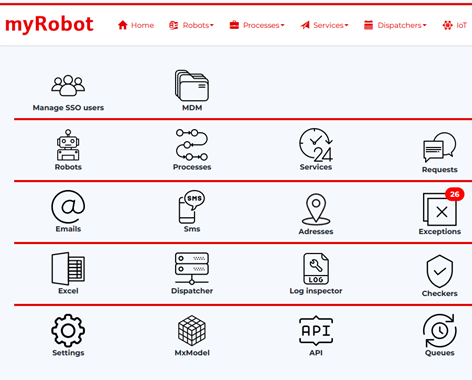Selecteer land/regio
Global
Bulgarije
Tsjechië
Estland
Griekenland
Duitsland
Oostenrijk
Polen
Hongarije
Italië
Letland
Litouwen
Nederland
Roemenië
Slowakije
Zwitserland
Turkije
Oekraïne
